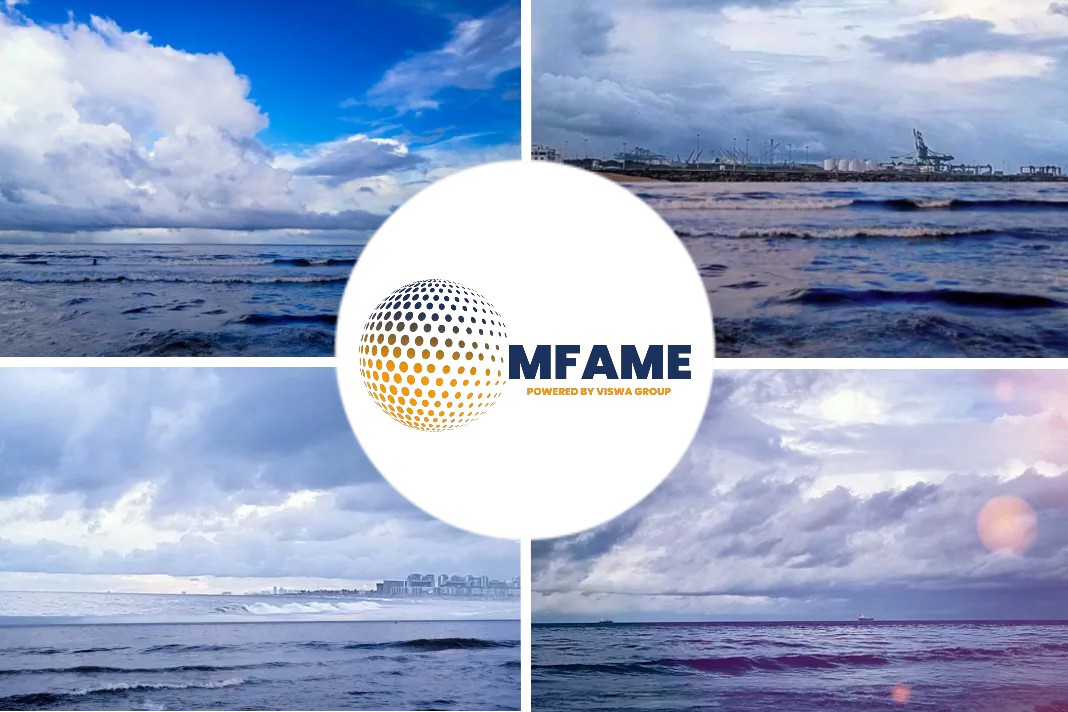- Container spot rates from Asia to Europe continued their downward trend this week from their September all-time highs, while transpacific base rates also lost significant ground.
- Today’s Ningbo Containerized Freight Index (NCFI) commentary reports that the market from Asia to North Europe and the Mediterranean is “sluggish”.
A recent news source published in the Loadstar by Mike Wackett states that spot rates continue to slide, but premium surcharges continue to pile up.
Efforts to solicit cargo
“Some carriers have increased their efforts to solicit cargo, which led to a slight drop in spot freight rates,” it said.
Drewry’s World Container Index’s (WCI’s) North Europe component slid a further 2%, to $13,798 per 40ft, while the Freightos Baltic Index (FBX) edged down 1%, to $14,219 per 40ft.
While the decline is not dramatic, it appears some carriers are reducing, or waiving, premium fees that can easily add $3,000 or more to the final invoice. Indeed, one UK-based NVOCC told The Loadstar this week his carrier was prepared to “throw in” its equipment and space guarantee fees during November.
“We were gobsmacked to get the call and find that they would throw in the premium charges for our next bookings,” he said. “I could imagine the next step will be to see FAK rates come off in bigger chunks.”
Mediterranean rates were also down this week, the FBX declining by 2%, to $13,125 per 40ft, and the WCI down 3%, to $12,693.
Drewry’s WCI reading for Asia to the US
Elsewhere, Drewry’s WCI reading for Asia to the US, which excludes premium fees, slumped 10% for west coast ports this week, to $9,857 per 40 t, and for east coast ports fell by 7%, to $12,667 per 40ft.
In contrast, the FBX Asia-US west coast component, which includes premium fees, was up 1%, to $18,730 per 40ft, while for east coast ports, the spot rate slipped 2%, to $19,895 per 40ft.
Shippers using the ports of Los Angeles and Long Beach
Meanwhile, shippers using the ports of Los Angeles and Long Beach are bracing themselves for huge quay rent bills, as directed by the Biden-Harris Supply Chain Disruptions Task Force and rubber stamped by port commissions on 29 October.
The clock started on the so-called ‘excess container dwell fees’ at the San Pedro Bay hubs on 1 November, when it was estimated that some 60,000 boxes would fall into the charging category. MSC told customers it expected “all costs will be passed through to shippers”, but that “it remains unclear whether the marine terminal operator or the carrier will be re-billing this”.
In an example of how the dwell fee would snowball, MSC said a single local import container that stayed 13 days on the terminal – five days after the nine-day charging point – would attract a cumulative extra charge of $1,500.
North America operational update
In its latest North America operational update, Hapag-Lloyd said there was an average wait of a week for a truck to service the “extremely congested” LA/LB terminal complex, while import pick-ups continued to be hobbled by a dearth of chassis.
And according to port of Los Angeles Signal data, there are now 34 containerships waiting to berth at the port’s terminals, the longest delay being to HMM’s extra loader, the 5,023 teu Hyundai Prestige, at anchor for the past 34 days.
Did you subscribe to our daily newsletter?
It’s Free! Click here to Subscribe!
Source: The Loadstar























